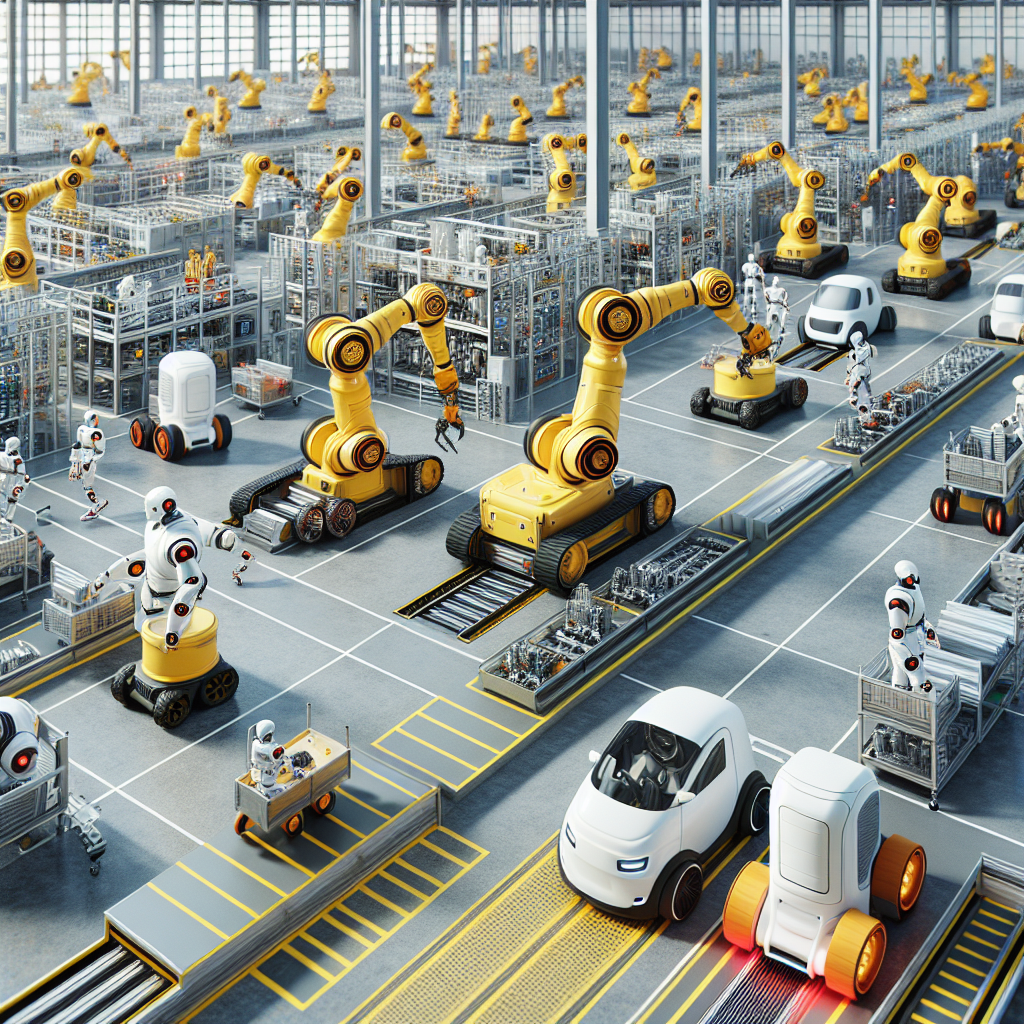The Evolution of Robotics: Data, Challenges, and the Path Forward
Robotics has undergone a transformation from a niche and insular field to a blossoming frontier of technology brimming with potential. The journey has been anything but simple, marked by several paradigm shifts. What was once an industry constrained by limited data and hefty operational requirements has begun to morph into a sector ripe with opportunity.
In the past, robotics was synonymous with herculean efforts: to venture into robotics necessitated the inception of a robotics company, the assembly of a battalion of engineers, and a logistics network robust enough to manage the physical demands of these mechanical marvels. But the times, they are a-changing. Let's delve into the fascinating evolution of robotics and chart the trajectory it's expected to follow.
The Early Days: A Data Dessert in a Compute Oasis
In the halcyon days of robotics, the landscape was barren where data was concerned. Robots were rare, their applications limited, and the data they generated was a mere trickle compared to the torrent needed to spur significant advancements. Back then, robotics was not about mass data collection or algorithmic agility; it was an endeavor of mechanical engineering and physical innovation.
However, this paradigm presented a conundrum: in a world increasingly driven by data and computing power, how could robotics progress when it was fundamentally data-starved? The answer, at the time, was discouraging. There simply wasn't a viable path forward for robotics without a radical shift in data acquisition and application.
The Paradigm Shift: A Data-Driven Approach
The winds of change began to pick up speed as the digital revolution took hold. The advent of big data and the exponential growth in computational power provided a glimmer of hope for the robotics industry. Rather than being restricted by the availability of physical robots, the focus shifted towards the potential for data collection and the computational models that could learn from this data.
This shift wasn't just conceptual; it required a tangible alteration in industry practices. To harness the power of data, companies needed to scale up their robotic operations massively. It was no longer about having a hundred robots; it was about expanding to thousands, if not hundreds of thousands, to generate valuable data sets.
The Commitment to Scale and Innovation
Scaling robotics operations represented a monumental commitment. It meant tackling the logistical juggernauts of manufacturing, deployment, and maintenance of a vast array of robots. It also meant cultivating a data infrastructure capable of capturing the subtle nuances of robot-environment interactions—a task that requires a steadfast resolve.
To stir the embers of progress within robotics, a company had to pledge itself wholeheartedly to the cause. That pledge meant expanding the robotic workforce methodically, ensuring each robot was just a bit more capable than the last, and each data set was a bit richer, fueling a virtuous cycle of learning and improvement.
The Hands-on Challenge: Robotics Vs. Software
The stark dichotomy between the worlds of robotics and software cannot be overstressed. In software, the physicality is absent; code can be written, tested, and deployed with a few keystrokes. However, robotics is steeped in the physical world, grappling with the laws of physics, the unpredictability of real-world environments, and the myriad of challenges that come with tangible products.
For a company to truly make inroads into the robotics sector, it must not only love the technology but be prepared to roll up its sleeves and grapple with these very physical, very real challenges. It's not about writing a perfect piece of code; it's about engineering a solution that holds up to the rigors of the physical world.
The Future: Robotics Reimagined
Today, with sufficient drive and resources, there's a path for robotics that leads to uncharted territories of innovation and utility. There are already indications of companies stepping up to the plate, willing to invest the necessary resources to make robotics a mainstream reality. They are the pioneers who perceive robotics not merely as a collection of autonomous machines but as a vast network capable of accumulating unparalleled data sets that could revolutionize how we interact with the world.
The path forward for robotics is now more accessible than ever, but it demands a blend of passion for the craft and a willingness to tackle the unique challenges that come with the territory. The question that remains is not whether progress is possible—clearly, it is—but rather, who is willing to make the long march toward a future where robotics is as ubiquitous and transformative as computing has become in our lives.
For further reading on the challenges and future of robotics, one might find interest in resources like IEEE Robotics & Automation Society or Robohub, both of which offer in-depth insights into the field.
In conclusion, the evolution of robotics is a testament to the transformative power of data and commitment. As we stand on the precipice of a new age in robotics, one thing is clear: the path forward is paved with data, and the journey will be marked by those willing to brave the challenges of melding the digital with the physical. The robots of the future will not just serve; they will learn, adapt, and, most crucially, contribute to a rapidly expanding universe of data that could lead us to insights previously beyond our grasp.
Related News
- The Rise of Humanoid Robotics: A Deep Dive into Technological Evolution and Its Implications
- The Dawn of a New Era: Boston Dynamics' Electric Marvel
- Harnessing Enthusiasm: The Unconventional Path to Innovation in Robotics
- The Dawn of Pi Zero: Revolutionizing Robotics with AI
- The Future of AI: Innovations, Challenges, and Uncharted Territories
